Nigella Is An Easy Annual To Sow, Even For Novice Gardeners – Here’s How


Elizabeth is a Permaculture Garden Designer, Sustainability Consultant and Professional Writer, working as an advocate for positive change. She graduated from the University of St. Andrews with an MA in English and Philosophy and obtained a Diploma in Applied Permaculture Design from the Permaculture Association.
Reviewed By COLIN SKELLY

Colin is a Horticulturist and Horticultural Consultant with experience in a range of practical and managerial roles across heritage, commercial and public horticulture. He holds the Royal Horticultural Society’s Master of Horticulture award and has a particular interest in horticultural ecology and naturalistic planting for habitat and climate resilience.
Contributions From EMILY CUPIT

Emily is a Gardening Writer, Photographer and Videographer from Derbyshire, UK. She is the Founder of Emily's Green Diary - a community of more than 75,000 people who share in her gardening journey.
IN THIS GUIDE
NIGELLA GUIDES
Sowing
Nigella, also known as Love-in-a-Mist, is a great plant for even novice gardeners, as it is easy to grow and can add a dreamy drift of delicate flowers to beds and borders.
If you’d like some of these stunning annuals in your garden, you might be wondering how to sow nigella from seed – one of the quickest and easiest ways to grow them.
Thankfully we’ve got you covered, and the process couldn’t be any easier:
- Obtain seeds of your chosen nigella variety – either by collecting old seed pods or acquiring them from a plant nursery.
- Prepare a suitable spot in beds or borders.
- Scatter the seeds liberally in spring or autumn.
- Cover the seeds with around 1cm of soil.
- Thin the seedlings to around 10cm apart.
We explain each step thoroughly below.
As you will see, this is a very easy process and could even be a fun project to take on with young kids.
| Difficulty | Easy |
| Equipment Required | Seeds |
| When To Sow | March – April or September |
| When To Plant Out | May or June |
1) Collect Your Nigella Seeds
You can purchase nigella seeds, but if you already have this plant growing in your garden, it is very easy to collect the seeds for sowing.
Here are some dried seed pods from Nigella I grew from seed in my garden border:
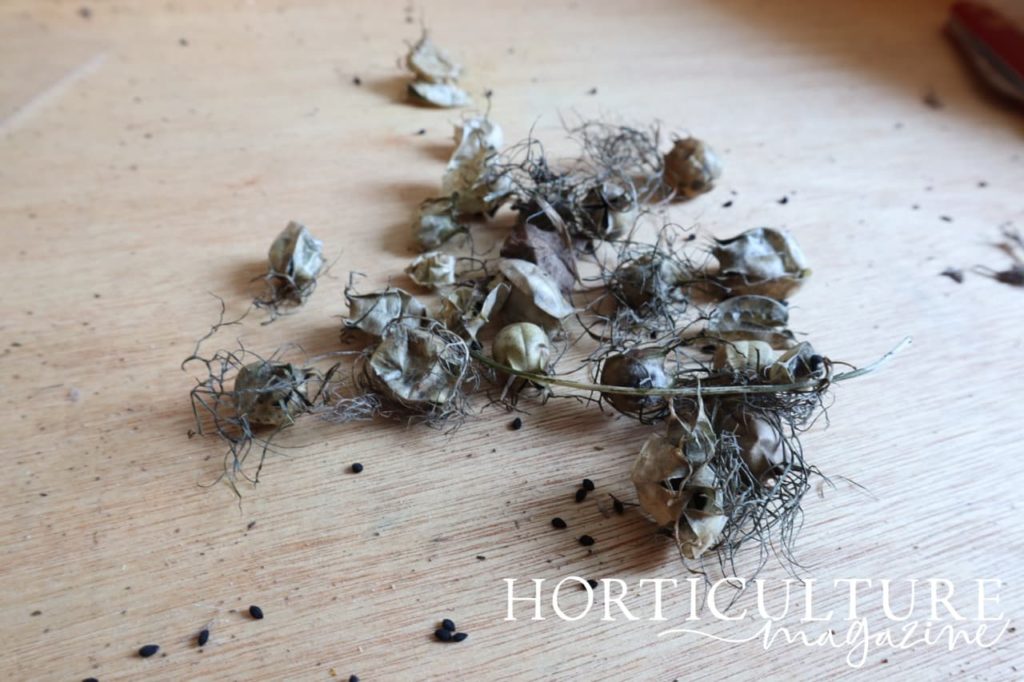
In my experience just a few plants will ultimately produce an enormous number of seeds.
Nigella will often also self-seed readily when happy in a specific location.
There are plenty of different nigellas to choose from, with flowers of different hues, but Nigella damascena is the most common and popular.
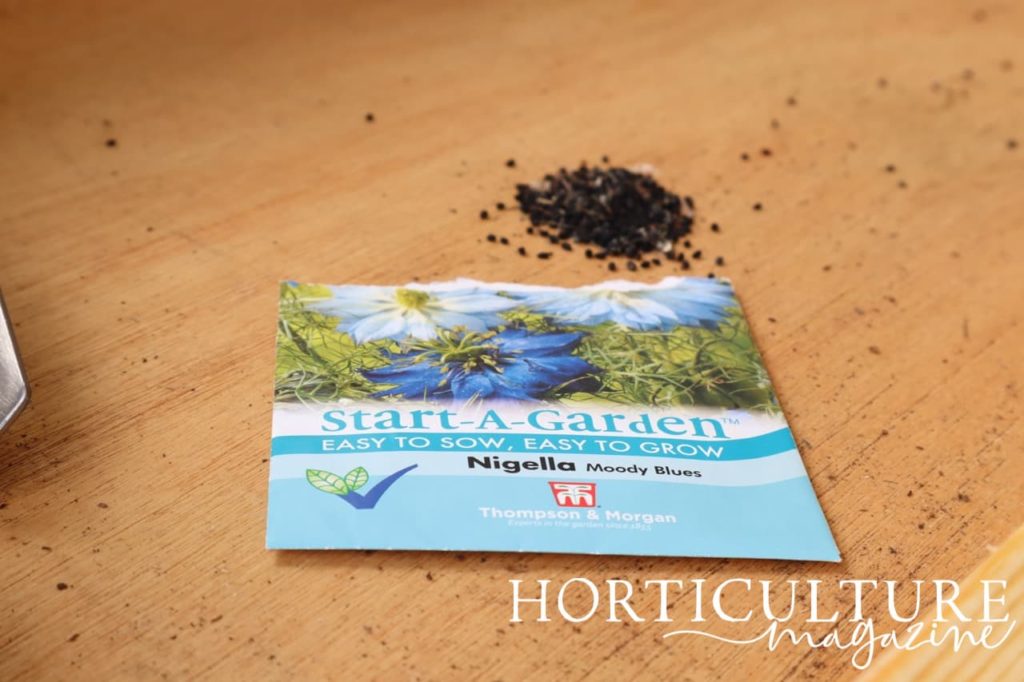
There are a number of different varieties of this species to choose from.
2) Prepare The Growing Area
Nigella is a low-maintenance annual that will grow well in any soil which is free draining and in a sunny position.
It can even do well in dry soils with low fertility, though it will not grow as tall nor have flowers as large when grown in such a position.
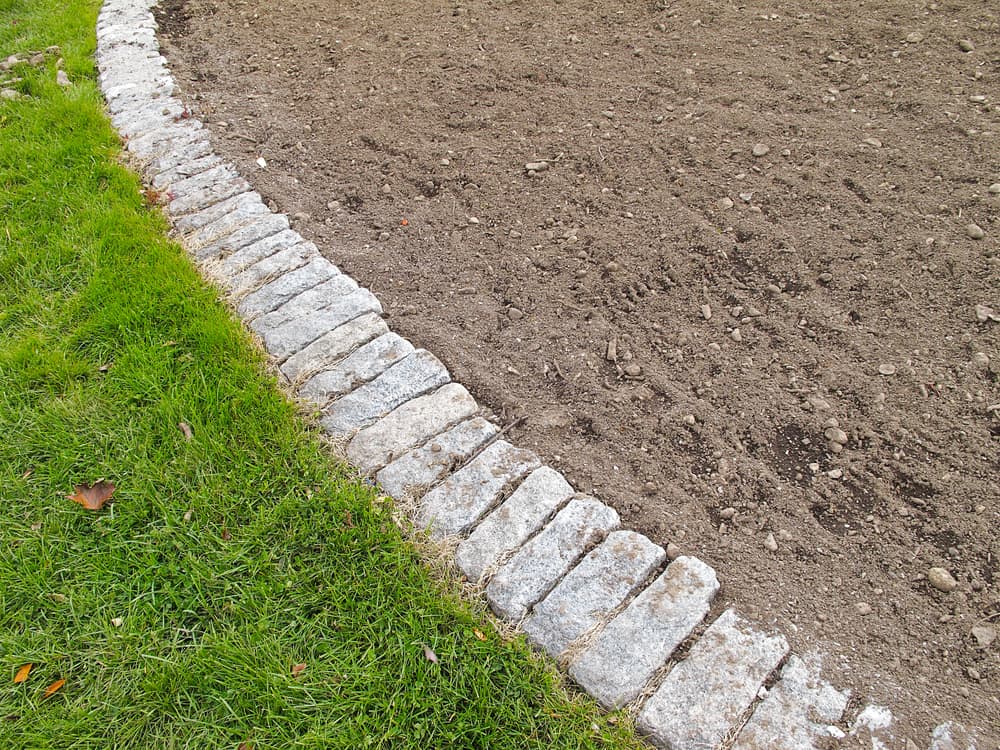
Be sure to choose a location that is not shaded and where there is no heavy soil, and it should thrive.
3) Sow Seeds Liberally
The best way to grow nigella from seed is simply to scatter the seeds on a suitable bed or border where they are to grow.
Seeds are usually sown in spring, in March or April, but the seeds can also be sown in situ in September in milder areas, or where cloches or some other means of protection is provided.
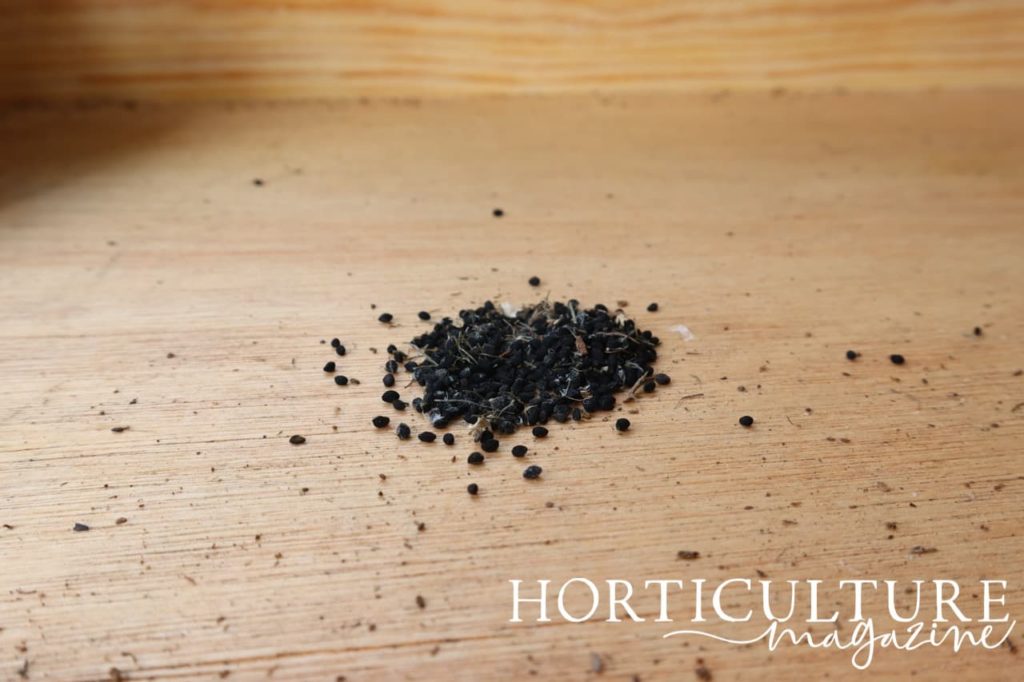
Nigella looks great when sown in drifts amid other plants in a perennial bed or border.
Simply sow seeds wherever bare gaps can be seen to cover and protect the soil and fill out your displays.
“Once Nigella flowers have flowered and set seed once, it will continue to germinate and flower year after year,” shares Master Horticulturist Colin Skelly.
“I collect the seeds and broadcast them over areas where I want them to spread to or increase in number.”
4) Cover Seeds With Soil
Once you have scattered the black seeds, simply cover them over with around 1cm of soil.
Make sure that the soil is moist, but not saturated, then simply leave them for germination to take place.
5) Thin Out Seedlings
Though not strictly essential, your nigella will grow into somewhat larger and healthier individual plants if you thin out the seedlings when they are large enough to handle.
Space them out at around 10cm apart.
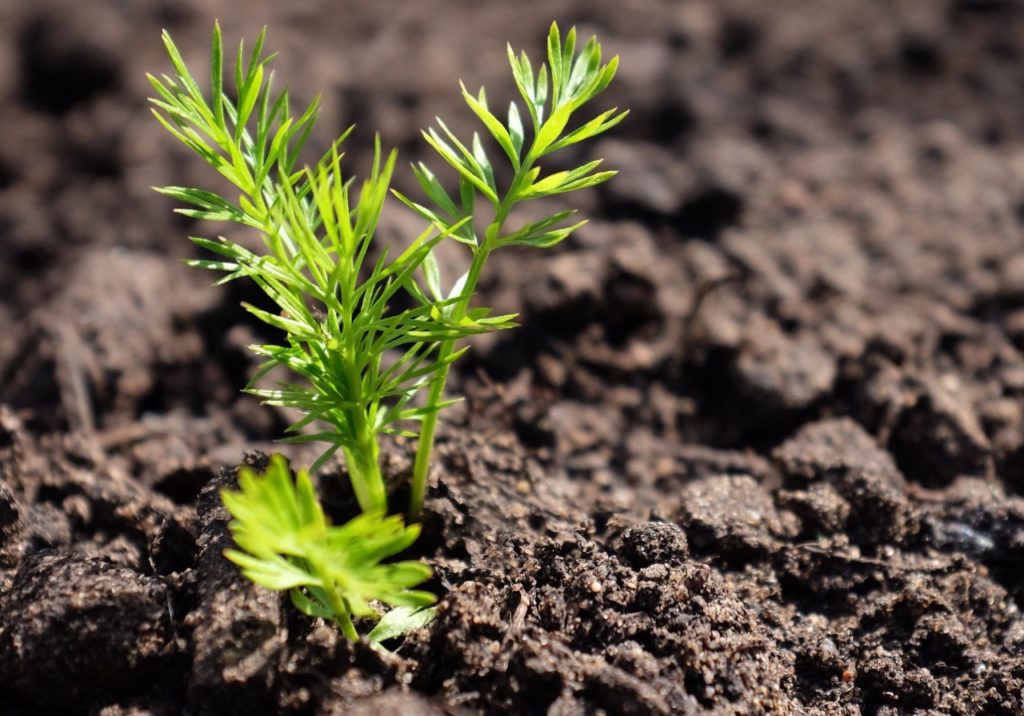
Nigella is easy to grow from seed and will require very little ongoing care.
It does not need to be deadheaded, as the ornamental seed pods are actually just as appealing as the flowers and it should bloom well in early summer without the need for much intervention from you as the gardener.
